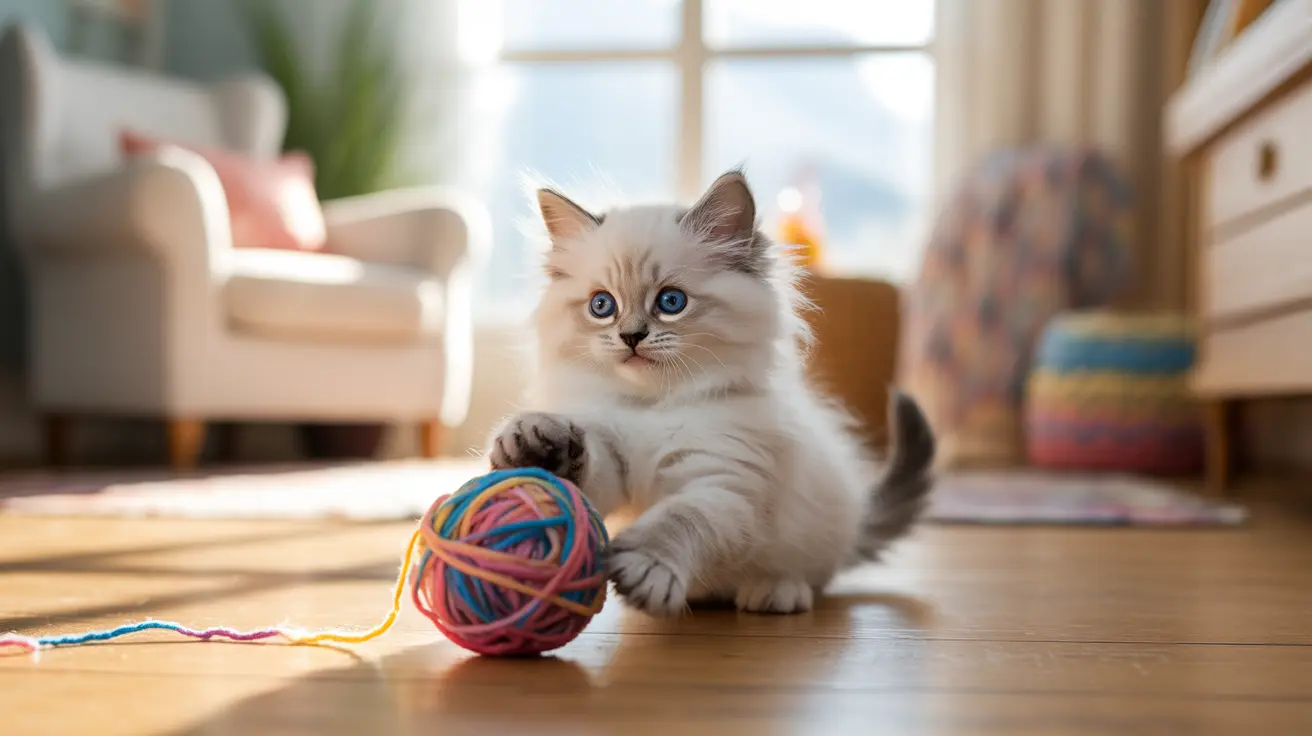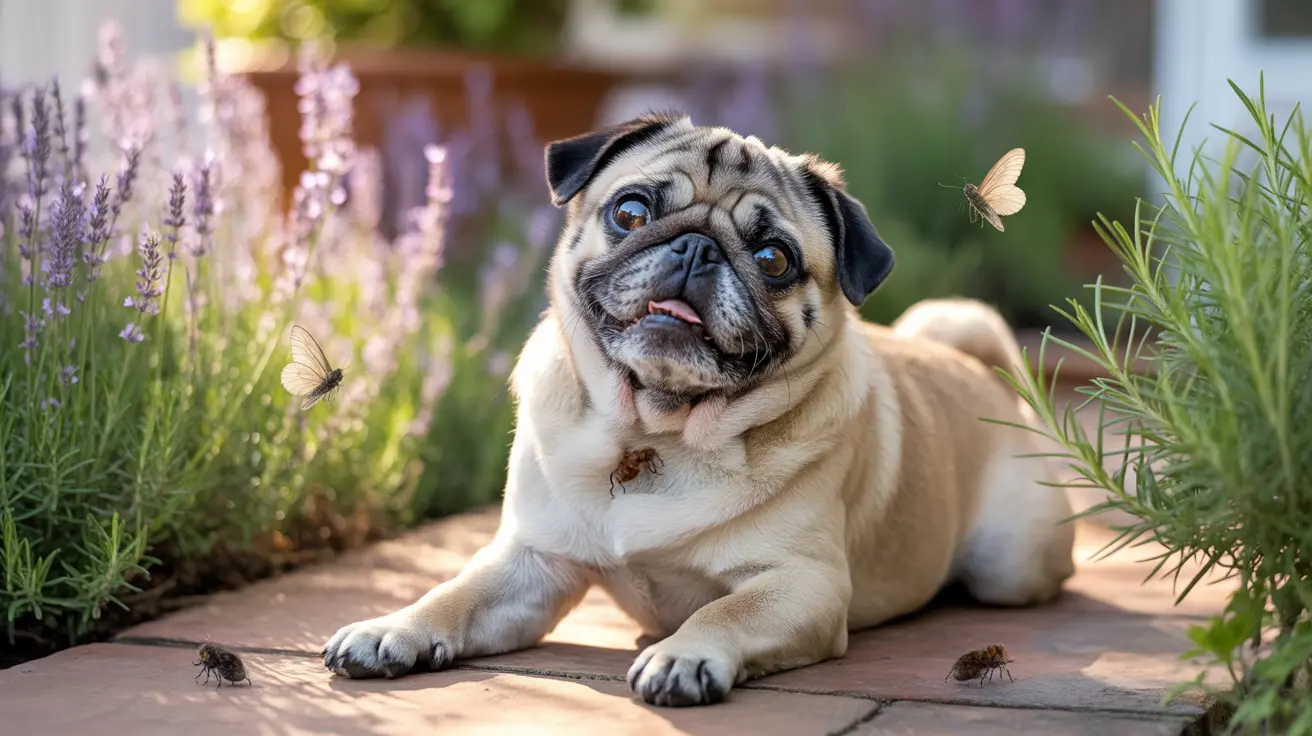Understanding Polydactylism in Cats
Polydactylism refers to the presence of extra toes, or digits, on a cat’s paws. While most cats have five toes on their front paws and four on the back, polydactyl cats can have six, seven, or even more toes on each paw. This unique trait makes them stand out and has fascinated cat lovers for generations.
What Causes Polydactylism?
The condition is caused by a genetic mutation that affects the development of the limbs during embryonic growth. Specifically, it’s an autosomal dominant trait, meaning only one parent needs to carry the gene for it to be passed to offspring. If a cat inherits the gene from either parent, there’s a strong chance it will be polydactyl as well.
Types of Polydactylism
Not all extra toes are created equal. There are different patterns and types:
- Preaxial polydactyly: Extra toes appear on the inside (thumb side) of the paw.
- Postaxial polydactyly: Extra toes appear on the outside (little finger side) of the paw.
- Central polydactyly: Rarely, extra toes can develop between existing ones.
The most common form in cats is preaxial polydactyly, giving some felines what looks like a thumb or mitten-shaped paw.
How Common Is It?
You’ll find polydactyl cats all over the world, but they’re especially famous along North America’s East Coast and in South West England and Wales. Sailors once believed these cats brought good luck aboard ships because their broad paws helped them balance better at sea.
Are There Health Concerns?
For most cats, having extra toes doesn’t cause any problems. The additional digits function just like regular ones—sometimes even better for climbing or grasping objects! However, owners should keep an eye on nail growth; extra claws may not wear down naturally and can become ingrown if not trimmed regularly.
- If you notice limping or swelling around an extra toe, consult your vet.
- Routine nail trimming helps avoid discomfort or infection.
Cultural Significance and Famous Polydactyl Cats
The most famous polydactyl cats are those that lived with author Ernest Hemingway at his home in Key West, Florida. Today, their descendants still roam the property and are affectionately called "Hemingway cats." Their unique feet have made them local celebrities and symbols of good fortune among sailors and writers alike.
Breeds Prone to Polydactylism
This trait isn’t limited to any specific breed—any domestic cat can inherit it. However, some breeds are more likely to display it due to selective breeding practices:
- Maine Coon: Known for large size and shaggy fur; some lines carry the gene for extra toes.
- American Polydactyl: A breed specifically developed around this trait.
If you’re interested in adopting a polydactyl cat, shelters occasionally have them available since it’s not considered rare or harmful.
Caring for Your Polydactyl Cat
- Nail Care: Check all digits regularly for overgrown nails—especially those that don’t touch the ground when walking.
- Paw Checks: Look for signs of irritation between extra toes where debris might get trapped.
- Toys & Enrichment: These cats often enjoy toys they can grip; puzzle feeders or balls work well with their nimble paws!
Your veterinarian can show you how to trim nails safely if you’re unsure about handling those extra digits yourself.
A Unique Feature to Celebrate
If your cat has more than the usual number of toes, consider yourself lucky! Many people find these cats charming not only for their quirky appearance but also for their playful personalities. As long as you keep up with basic paw care, your polydactyl friend will live just as happily as any other feline companion.





